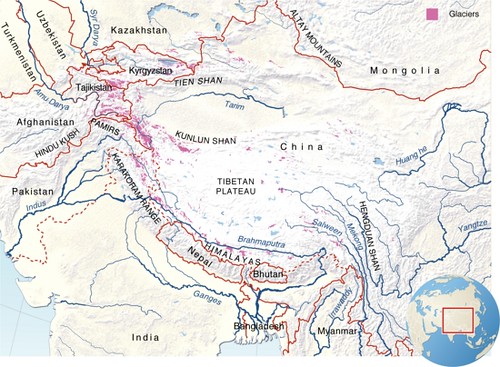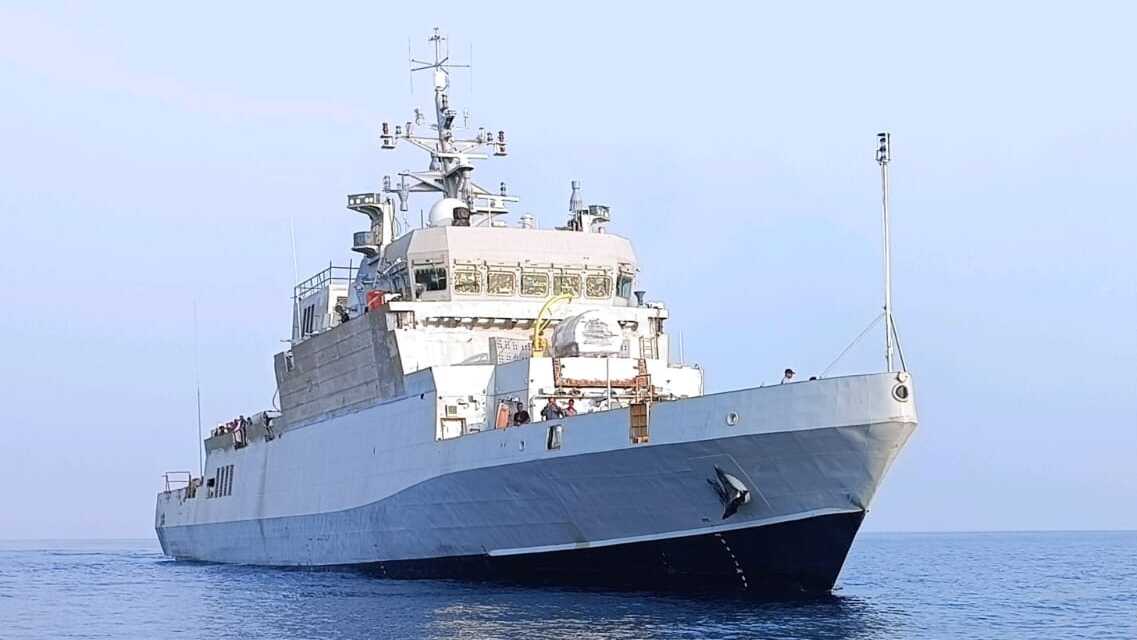- Courses
- GS Full Course 1 Year
- GS Full Course 2 Year
- GS Full Course 3 Year
- GS Full Course Till Selection
- Online Program
- GS Recorded Course
- NCERT (Recorded 500+ Hours)
- Polity Recorded Course
- Geography Recorded Course
- Economy Recorded Course
- AMAC Recorded Course
- Modern India, Post Independence & World History
- Environment Recoded Course
- Governance Recoded Course
- Science & Tech. Recoded Course
- International Relations and Internal Security Recorded Course
- Disaster Management Module Course
- Ethics Recoded Course
- Essay Recoded Course
- Current Affairs Recoded Course
- CSAT
- 5 LAYERED ARJUNA Mentorship
- Public Administration Optional
- ABOUT US
- OUR TOPPERS
- TEST SERIES
- FREE STUDY MATERIAL
- VIDEOS
- CONTACT US
State of Global Water Resources 2022
State of Global Water Resources 2022
14-10-2023

Latest Context:
Recently, the World Meteorological Organization (WMO) released “State of Global Water Resources-2022” report.
Major highlights of the report are:
- Catchments and reservoirs: More than 50% of global catchments and reservoirs reflected a change in water level, mostly drier than usual. Catchment area is the area from which rainfall flows into a river, lake, or reservoir.
- Soil moisture and evapotranspiration: Change in soil moisture and evapotranspiration also matched the deviations noticed in river discharge conditions. Basically, Evapotranspiration is the process by which water is evaporated, from soil or vegetation surface.
- Snow cover and glaciers:
- From 2000 to 2018, total glacier mass in Asian Water Tower (AWT) region decreased by almost 4.3%. AWT includes Tibetan Plateau, Himalayas, Karakorum, Hindu Kush, the Pamirs, and Tien Shan Mountains, which are collectively known as the 3rd Pole of Earth, after North Pole and South Pole.
- Between 1980 to 2018, annual river run-off across most of AWT region witnessed a significant increase such as the upper Indus River.
- Recommendations: It recommended that data sharing should be promoted between the countries to enable early warnings and to frame water management policies that are integral to climate action.

Challenges in front of Asian Water Tower (AWT) region
- Glacial Retreat and Melting: The AWT region is experiencing rapid glacial retreat due to global warming. The loss of glaciers poses a significant threat to the region's freshwater resources, as glacial meltwater feeds major rivers like the Indus, Ganges, and Brahmaputra.
- Transboundary Water Conflicts: Many of Asia's major rivers, such as the Indus, Ganges, Brahmaputra and Yangtze, originate in the AWT region and flow through multiple countries. The management of transboundary water resources often leads to political tensions and conflicts.
- Natural Hazards: This region is prone to natural disasters like earthquakes, landslides, and glacial lake outburst floods, which can have devastating effects on local communities and infrastructure.
- Biodiversity Loss: Changes in the AWT region's ecosystem due to climate change, land-use alterations, and infrastructure development are putting unique and fragile ecosystems at risk. These ecosystems are essential for maintaining water quality and regulating water flow.
- Water Quality Issues: Pollution from various sources, including industrial activities and waste disposal, threatens the water quality in the AWT region, impacting both aquatic life and downstream communities that rely on this water.
- Water Scarcity: Despite its immense water resources, the AWT region faces significant water scarcity issues, primarily due to the uneven distribution of water resources and the rapid increase in water demand, especially in densely populated downstream areas.
- Data and Monitoring Challenges: Gathering accurate and timely data in this remote and geographically complex region can be challenging, making it harder to understand and address water resource dynamics.
Addressing these challenges in the AWT region requires international cooperation, sustainable water management practices, investment in disaster resilience, and measures to adapt to the changing climate. Collaborative efforts between countries in the region are crucial to ensure water security for the people, who depend on these water resources.
Additional Information:
World Meteorological Organization (WMO)
- About: It is a specialized agency of the United Nations responsible for promoting international cooperation in the fields of meteorology, climatology, hydrology, and related geophysical sciences.
- Establishment: It was established in 1950 and became a specialized agency of the United Nations in 1951. Its headquarter is located in Geneva, Switzerland.
- Members: It has 187 member states and 6 member territories (including India).
- Leadership: The WMO is led by a Secretary-General, who is elected by the World Meteorological Congress.
- World Meteorological Congress: This is the highest decision-making body of the WMO. It meets every 4 years and sets the policies and strategic direction of the organization.
The WMO carries out a wide range of activities and programs, including:
- Climate Services: It plays a key role in monitoring and understanding climate change. It supports the implementation of the Paris Agreement and the Intergovernmental Panel on Climate Change (IPCC).
- Disaster Risk Reduction: It helps countries in strengthening their ability to deal with weather, climate, and water-related hazards, such as hurricanes, floods, and droughts.
- Aeronautical Meteorology: It provides critical weather information for aviation safety.
- Hydrology and Water Resources: It supports the sustainable management of water resources by providing guidance on hydrological monitoring and data exchange.
- Operational Services: It promotes the development and operation of meteorological and hydrological services in member states.
- International Collaboration: The WMO collaborates with various international organizations and agencies, such as the United Nations Environment Programme (UNEP), the World Health Organization (WHO), the World Bank, and others, to address global environmental challenges.



